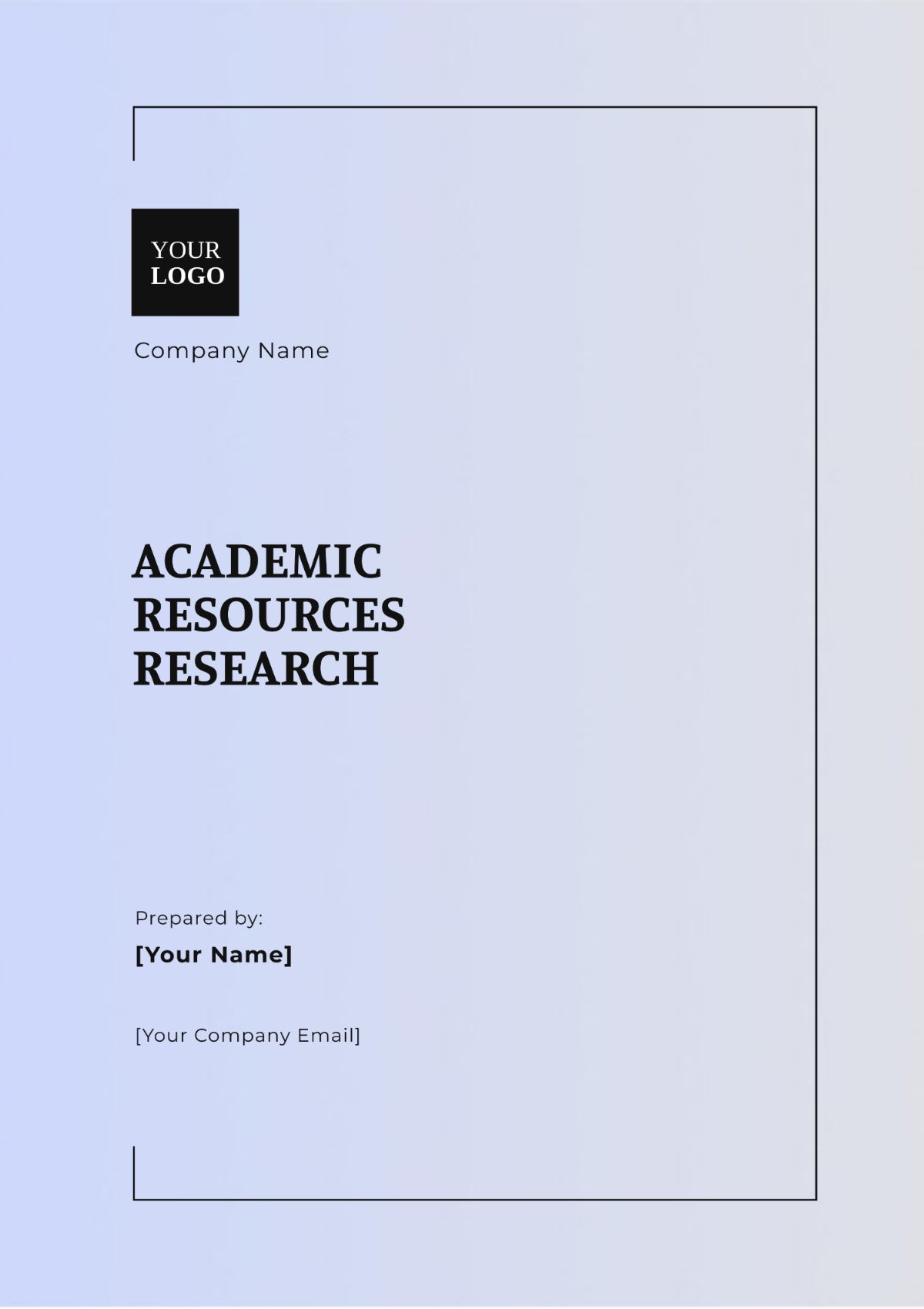Free Academic Resources Research
This customizable Academic Resources Research Template from Template.net is designed to streamline your research process, offering a structured layout for efficient data organization and analysis. Editable in our AI Editor Tool, this template is perfect for students and educators seeking to enhance their research capabilities and produce high-quality academic work with ease.






























